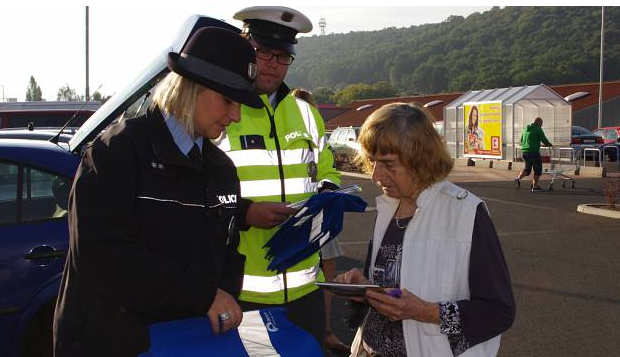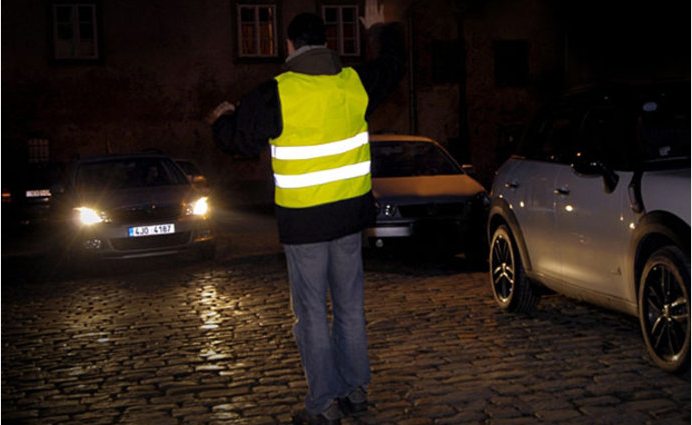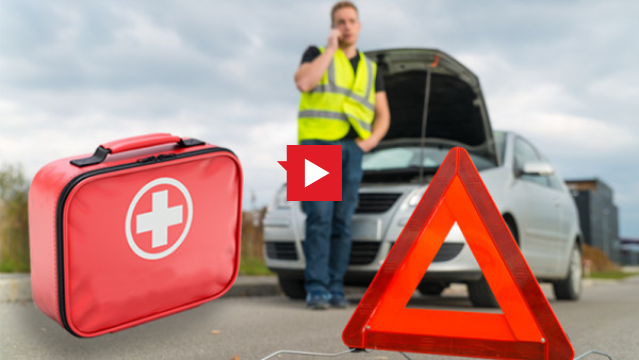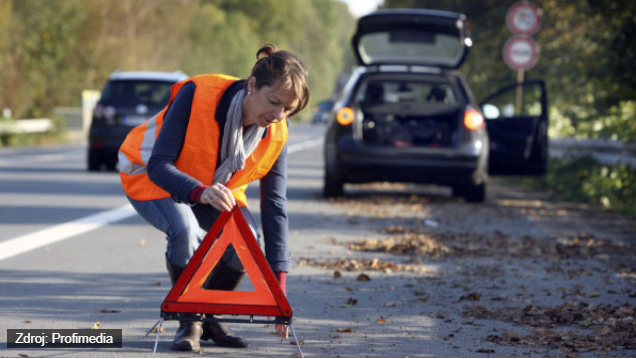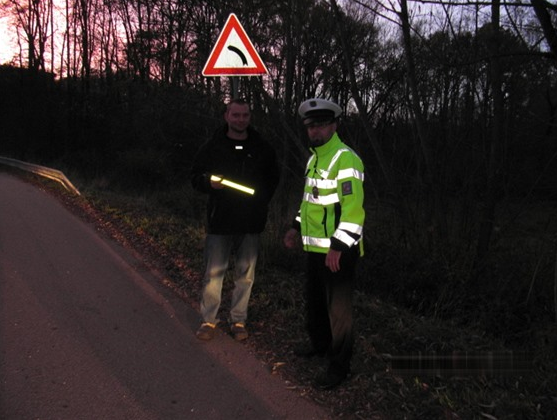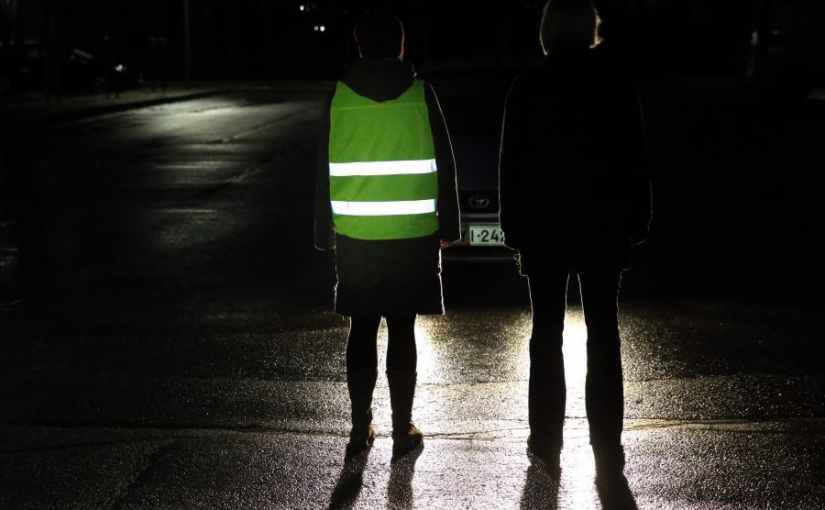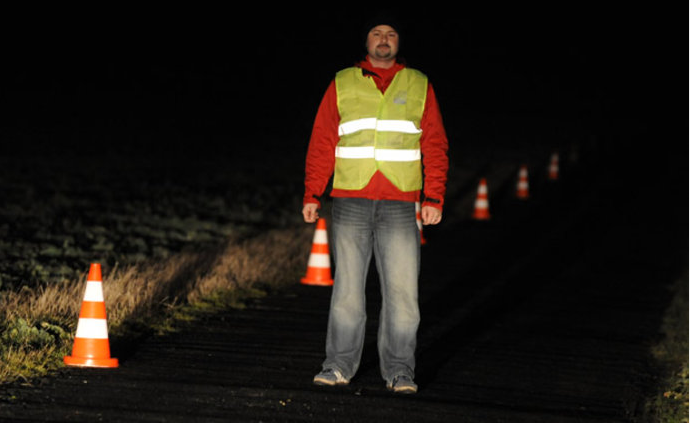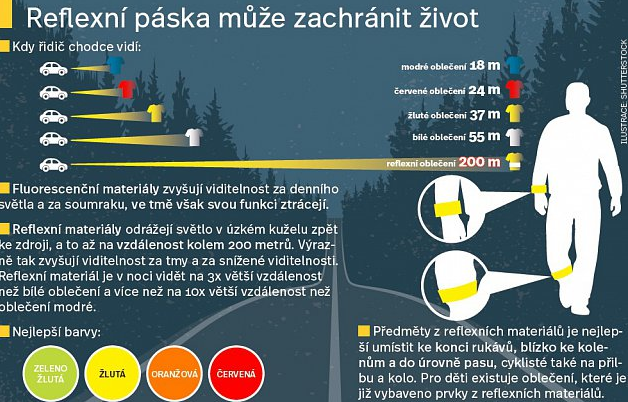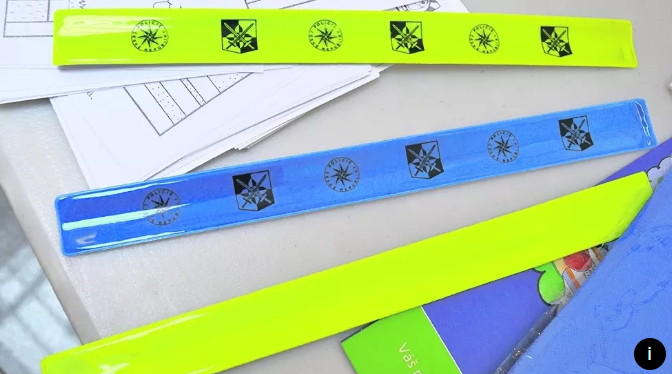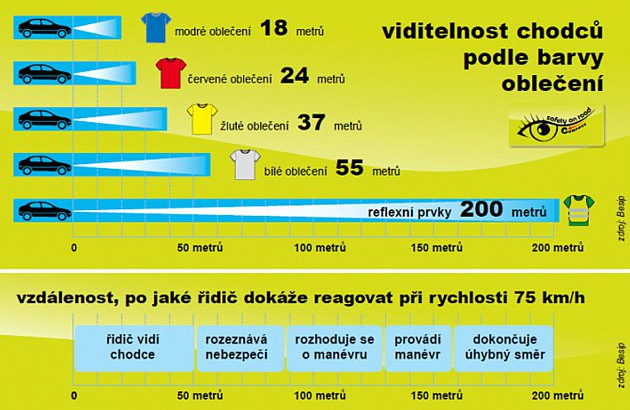Traveling by car offers many advantages, but also many disadvantages. Those who cannot allow this type of transport should not forget that the same rules as in the Czech Republic do not apply everywhere.
Andrea Schmiedová from Cheb, who went to France last year, knows about this. “We were checked by the police and I did not carry an alcohol tester, which is mandatory here, and a reflective vest for all passengers. Fortunately, they just warned me and I didn’t pay the fine.”
According to experts, the basis of mandatory equipment is the same as in the Czech Republic, but there are differences. “Compulsory equipment in European countries is usually the same as in our country. However, you will also need a fire extinguisher somewhere – for example in Bulgaria, Romania, Greece or Turkey, and if you have an N-category vehicle, Croatia, too,” said Eduarda Hekšová, director of the consumer organization dTest.
Problems await those who drive abroad with a company or rented car. “You will need a confirmation from the owner that you are authorized to drive the car, and you should also take a work contract or a rental car. The confirmation should be in English or another world language and with an officially verified signature,” explained Hekšová. “Take the confirmation even if you are a company executive or even the only person in the company. It can be difficult to negotiate with foreign police.”
Those who are going to drive outside the European Union should check if they need an international driving license. This is usually issued by the authority of any municipality with extended powers.
Albania
In Albania, a tow rope, a first-aid kit, and a triangle are mandatory in the car. It is recommended to carry a fire extinguisher in a passenger car and is mandatory in buses and trucks. Children up to 12 years of age must be seated in the car in the child restraint system. A helmet for cyclists of all ages is also mandatory on the road. Alcohol at the wheel is prohibited.
Belarus
In Belarus, the mandatory equipment of a car includes a reflective vest, a warning triangle, a sticker with a state mark, a fire extinguisher and a first aid kit. Children up to 12 years of age must be seated in the car in the child restraint system. Phoning behind the wheel is only allowed with hands-free. Alcohol at the wheel is prohibited.
Belgium
In Belgium, a reflective vest for the driver is included. In vehicles registered in Belgium, the reflective vest is also mandatory for the passenger. Motorcyclists who drive motorcycles over 50cc are required to wear protective clothing – gloves, a jacket with long sleeves, trousers with long trousers and boots with ankle protection. For vehicles registered in Belgium, a fire extinguisher is also mandatory. For foreign vehicles, it is only recommended. Children up to 135 cm in height must be seated in the child restraint system. Children from 3 years of age up to 135 cm in height must not sit in the front seat of the car seat. Alcohol at the wheel is allowed at 0.5 ‰.
Bosnia and Herzegovina
In Bosnia and Herzegovina, a mandatory vest must be fitted with a reflective vest for anyone who leaves the car during an emergency, such as an accident. The same goes for bikers. A reflective vest, a first-aid kit, and a warning triangle are also mandatory. All cyclists must wear a helmet, regardless of age. Children from 5 years of age must not sit in the front seat of the car seat. Alcohol at the wheel is allowed at 0.3 ‰.
Bulgaria
In Bulgaria, all vehicles except motorcycles must be equipped with a fire extinguisher. You should not forget the reflective vest, which is mandatory not only for all passengers who get out of the car in the event of an emergency but also for bikers and their passengers. The warning triangle and first aid kit are also mandatory. Children up to 150 cm in height must be seated in a child seat. Children from 3 years of age up to 150 cm in height must not sit in the front seat, even when they are in the car seat. Alcohol at the wheel is allowed at 0.5 ‰.
Montenegro
In Montenegro, a reflective vest is mandatory for all persons leaving the vehicle in the event of an emergency. The same goes for bikers. A safety helmet is mandatory for all cyclists. The warning triangle and first aid kit are also mandatory. Children under 12 must be seated in a restraint system. Children between the ages of 5 and 12 must not sit in the front seat, even when they are in the car seat. Alcohol at the wheel is allowed at a rate of 0.3 ‰ except for professional drivers – they are zero.
Croatia
In Croatia, a mandatory vest must include a reflective vest with reflective tape, a warning triangle, a first-aid kit and a fire extinguisher (N-category vehicles only). Vehicles with a trailer must have 2 warning triangles. Children under 12 years of age must not be transported in the front seat, except for children under 2 years old who are placed in a safety egg and the airbag is switched off. Children under 12 years must not be transported on motorcycles or mopeds. Children under 16 years of age must wear a bicycle safety helmet. Alcohol at the wheel is only allowed for drivers with experience of 0.5 ‰. Novice drivers and professional drivers have zero alcohol levels.
